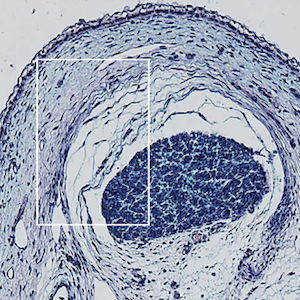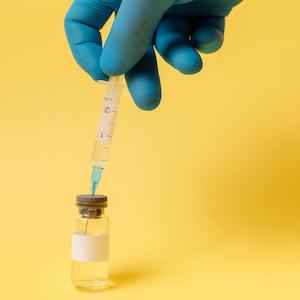To prophylax or not to prophylax? The role of trimethoprim/sulfamethoxazole as a prophylactic agent in systemic vasculitis: the case of antineutrophil cytoplasmic antibody-associated vasculitis and giant cell arteritis

All claims expressed in this article are solely those of the authors and do not necessarily represent those of their affiliated organizations, or those of the publisher, the editors and the reviewers. Any product that may be evaluated in this article or claim that may be made by its manufacturer is not guaranteed or endorsed by the publisher.
Accepted: 13 October 2024
Authors
Inflammatory rheumatic and musculoskeletal diseases, including systemic vasculitis, increase the risk of infection due to immunosuppressive treatments and disease-related immune dysfunction. In this viewpoint, we focused on patients with antineutrophil cytoplasmic antibody-associated vasculitis (AAV) and giant cell arteritis (GCA). We critically reviewed the literature on infectious risks and the role of trimethoprim/sulfamethoxazole (TMP/SMX) as a prophylactic agent in these conditions. In AAV, serious infections from opportunistic (e.g., Pneumocystis jirovecii) and non-opportunistic pathogens are especially common, peaking in the first year post-diagnosis. TMP/SMX is crucial for prevention, as its use significantly reduces the incidence of Pneumocystis jirovecii pneumonia (PJP) and other serious infections. In GCA, although the risk of PJP is low, the overall infection risk is high and correlates with glucocorticoid dosage. However, evidence supporting the routine use of TMP/SMX in GCA is limited, warranting further investigation through randomized clinical trials.
How to Cite

This work is licensed under a Creative Commons Attribution-NonCommercial 4.0 International License.











